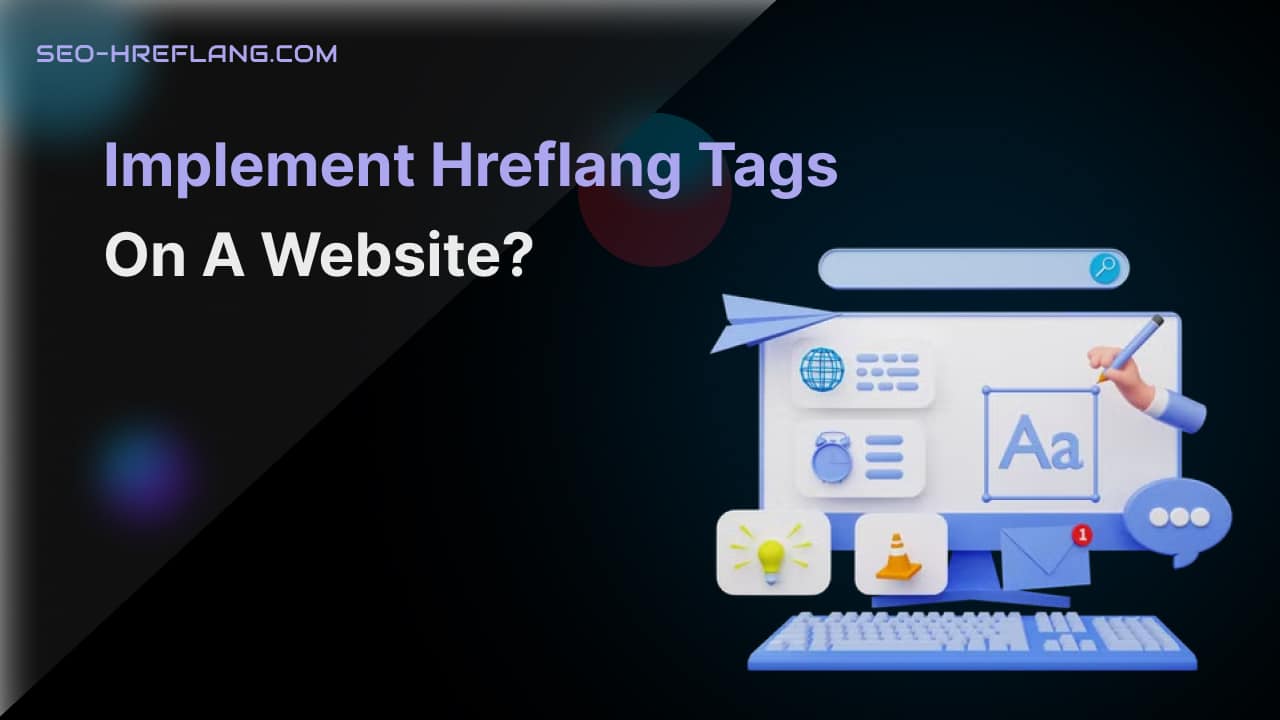Hreflang is an HTML attribute that is used to indicate to search engines which version of a webpage should be served to users based on their geographic location and language preference. This attribute is essential for websites with different language and regional versions of their content, as it helps search engines understand the language and regional targeting of the website.
Implementing hreflang correctly can have a significant impact on a website’s visibility and ranking in search engine results pages (SERPs), particularly for international SEO.
Here are some best practices for implementing hreflang for SEO:
Step 1 : Choose the Correct Hreflang Attribute The hreflang attribute is available in different forms, including HTML tags, HTTP headers, and XML sitemaps.
However, the most common form of hreflang is the HTML link element, which is included in the head section of the HTML code.
When implementing hreflang, it’s essential to choose the correct attribute for your website’s structure and content management system.
For example, if your website uses XML sitemaps to manage its content, you should use the hreflang tag in your sitemap.
Step 2 : Use Language and Country Codes Correctly Hreflang tags require the use of language and country codes to indicate the language and geographic targeting of the webpage. It’s essential to use these codes correctly to avoid errors in implementation.
Language codes should follow the ISO 639-1 standard, which includes two-letter codes for languages.
For example, “en” is the language code for English, and “fr” is the language code for French.
Country codes should follow the ISO 3166-1 alpha-2 standard, which includes two-letter codes for countries and regions.
For example, “us” is the country code for the United States, and “gb” is the country code for the United Kingdom.
Step 3 : Use Canonical Tags with Hreflang When implementing hreflang, it’s essential to use canonical tags to indicate the preferred version of the webpage. This is particularly important for websites with duplicate content in different languages and regions.
Canonical tags help search engines understand which version of the webpage should be served to users in different locations, which can improve the website’s visibility and ranking in SERPs.
Step 4 : Verify Implementation in Google Search Console After implementing hreflang tags on your website, it’s important to verify the implementation in Google Search Console.
This tool can help you identify errors in implementation and ensure that the correct versions of the webpage are being served to users in different locations.
Step 5 : Consider User Experience Finally, when implementing hreflang for SEO, it’s essential to consider the user experience. Ensure that the correct version of the webpage is being served to users in their preferred language and region, and that the content is relevant and localized for that audience.
[You Know About ? : Boost Your Website’s SEO with Auto-Generated Meta Tags]
In conclusion, implementing hreflang correctly is essential for international SEO and can have a significant impact on a website’s visibility and ranking in SERPs.
By following these best practices, website owners can ensure that their content is being served to users in the correct language and region, improving the user experience and driving business growth and success.





